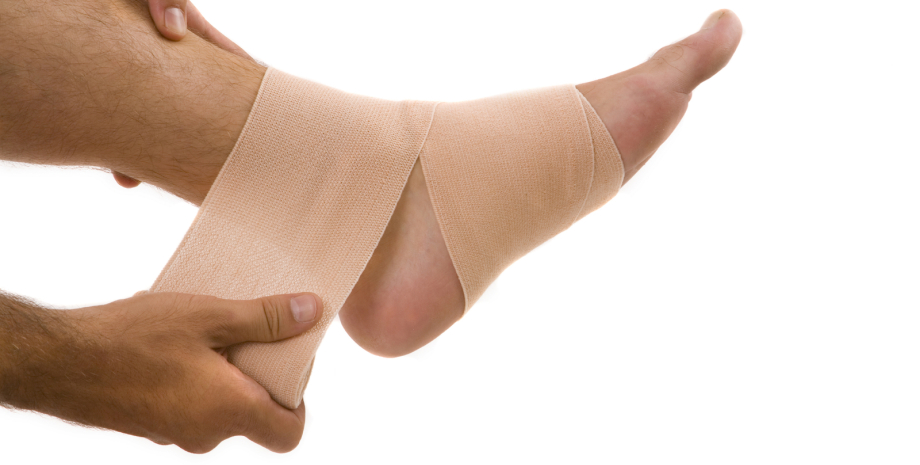
Varicose Vein Surgery and Foam Sclerotherapy
What are varicose veins? - Varicose veins are large tortuous veins that are often visible on the legs, they affect approximately one third of the population, women more than men, and often run in families. They can cause itching, skin pigmentation, eczema, pain, throbbing, leg cramps, leg tiredness and less commonly ulcers.
What treatments are available? Varicose veins can be controlled by wearing medical compression stockings or removed by surgery/injection treatment (sclerotherapy).
Endovenous radiofrequency (EVRF) or endovenous laser therapy (EVLT) are keyhole surgical treatments that close off the main varicose veins through a 5mm incision usually around the knee level. These keyhole treatments avoid stripping of varicose veins, which used to be a very common procedure 20 years ago. Occasionally, for patients with mega-veins, we still have to do the old-fashioned open surgical stripping procedure. 99% of patients with varicose veins can be treated using these keyhole methods that can be carried out under general or local anaesthetic. After surgery, there are usually a few small veins left on the calves which can be treated with ultrasound guided foam sclerotherapy.
Foam sclerotherapy involves inserting a small needle under local anaesthetic into a varicose vein and injecting a sclerosant, which causes the varicosity to close off and eventually disappear. The risks of these procedures are minimal and they are listed in the Consent section on the Patient Information page of this website.
What sort of recovery should I expect? Usually you will be able to go home on the same day as surgery, even if you have surgery on both legs. After EVRF and EVLT, you will have bandages in place for 24 hours which will need to be removed and replaced with anti-embolism stockings, which should be worn for four weeks day and night. These stockings reduce the risk of DVT and reduce the swelling and bruising. You can take them off after a long walk for a few hours. You will have small wounds covered with paper sutures (steristrips) and semi-waterproof dressings which should be kept in place for five days.
After foam sclerotherapy you will have a bandage in place for 5-7 days and a stocking for a total of 10-14 days. In order to shower, you will need to buy a leg cover from your local pharmacy or cover your leg in a plastic bag but this can be hazardous due to slipping. You will be able to drive to and from your appointment. I would like you to carry out daily walks to reduce the risk of blood clots. Usually, foam sclerotherapy requires 2-3 treatments per leg to treat all of the varicose veins, sometimes it requires just one treatment per leg. The risks of foam sclerotherapy are outlined in the Consent section of the Patient Information page of this website.

